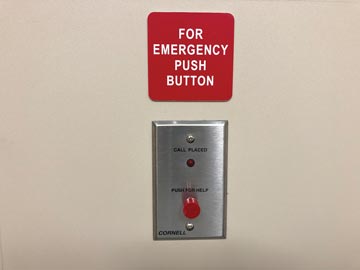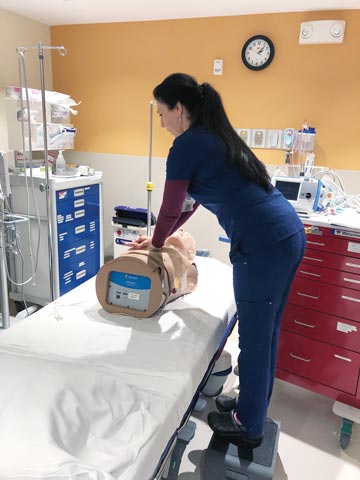Six Surface Disinfection Concepts
The puzzle of superior surface disinfection is never solved....
This website uses cookies. to enhance your browsing experience, serve personalized ads or content, and analyze our traffic. By clicking “Accept & Close”, you consent to our use of cookies. Read our Privacy Policy to learn more.
By: Michael Kost
Published: 1/14/2020

What changes might you make in your facility if you ran a simulation with your staff in a patient care setting, be it pre-op, the OR or PACU? You might be amazed at the small and not-so-small opportunities for improvement you'll spot. You'll also be pleased at the heightened level of situational awareness and teamwork your staff will exhibit after participating in mock code emergency drills.
To test your systems as well as uncover trouble spots, you'll want to bring the simulation bedside. Running the mock drills in the actual patient care setting helps to achieve a high level of fidelity and realism. In situ simulation is also beneficial to evaluate staff responsiveness to high acuity, low-occurrence (HALO) events, such as cardiac arrest, a lost airway, malignant hyperthermia, local anesthesia toxicity and a surgical fire.
Simulation need not take much time or cost much money. Time for the actual simulation is generally limited to 5 to 10 minutes. You can mobilize your simulation efforts for as little as a $3,500 CPR training torso, a $100 handycam and a little effort developing an appropriate patient scenario for your setting.

To defer costs, you can partner with a few other surgical facilties in your community and rotate the equipment every few weeks.
Even though it's a simulation, staff anxiety will likely skyrocket because you're measuring your team's performance in a life-or-death situation. Stress that simulation is not a competition. All you want your staff to do is beat their performance in the next code drill. The idea is to grow and get better.
Learning occurs in the debriefing phase soon after the simulation drills. In order to provide formative feedback and reinforce positive behaviors, assure participants before the debriefing that they are in a psychologically safe space. Start the debriefing session by stating: "What happened here, stays here — we are in a protected environment, not a competition. We believe everyone here is intelligent, professional and wants to improve their collective performance." OSM
The puzzle of superior surface disinfection is never solved....
Boston Children’s Hospital is renowned for its exemplary care on many fronts, including surgery....
Manual cleaning done properly is effective for eradicating microorganisms....